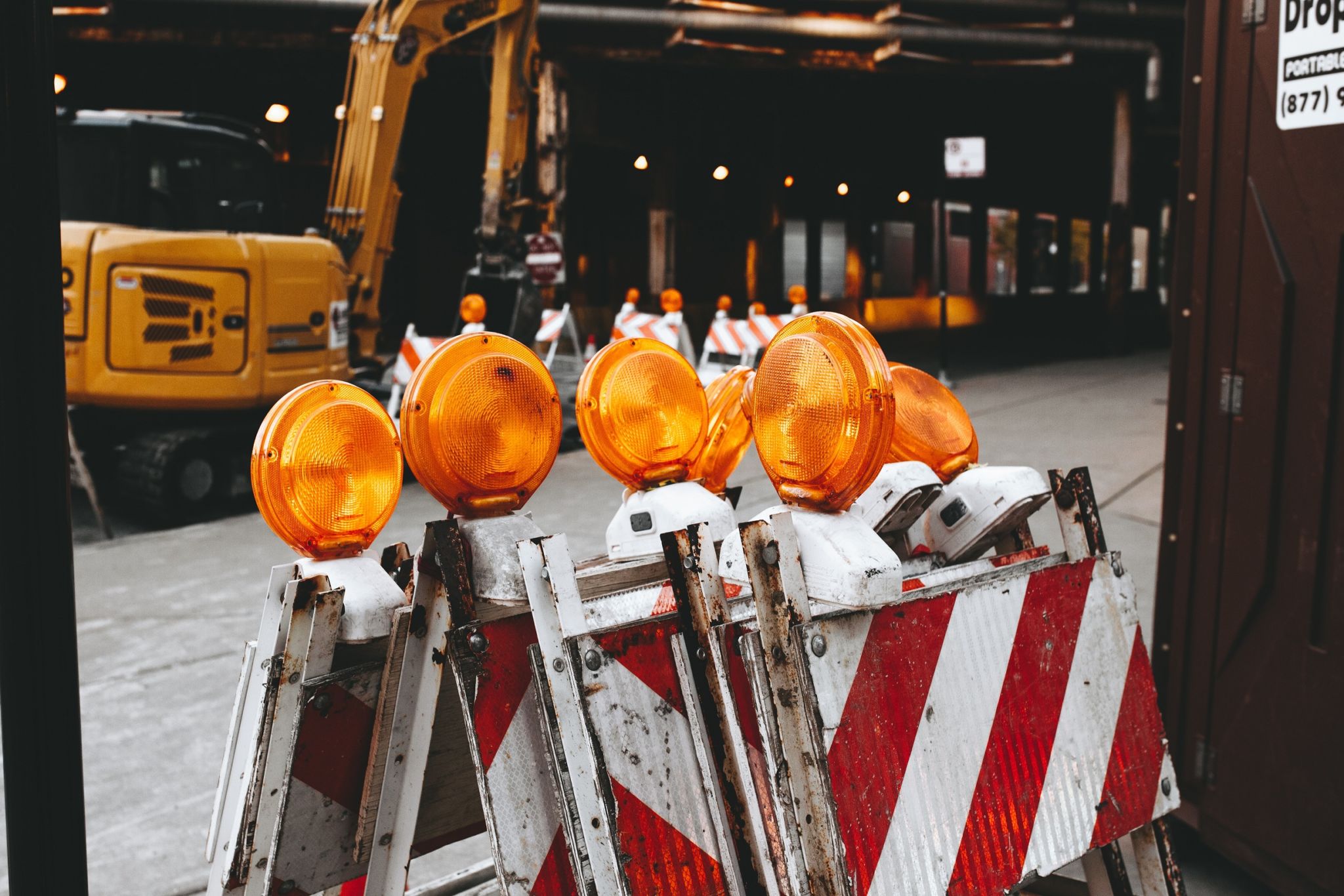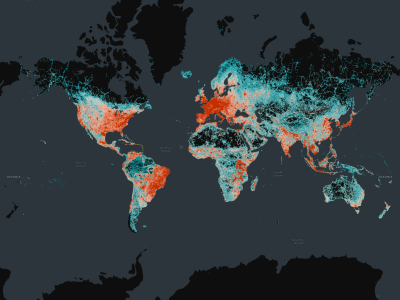The Geospatial World Forum 2019 hosted the first international workshop on the digitization of the underground. Titled “Underground mapping for resilient infrastructure – Datafication of the underground”, the workshop offered a series of six presentations that was followed by a panel discussion. It also underscored the importance of knowing what’s underground, as well as sharing that information among different stakeholders in order to avoid economic and social impact.
The objective of the workshop was to discuss the challenges, requirements, solutions and strategies related to the datafication of the underground. The workshop was hosted by Geonovum, a Dutch governmental agency that consists of geospatial experts and process managers who develop data exchange standards in order to make geospatial data more accessible for others. This workshop was the first in its form, combining commercial, academic, and government perspectives on subsurface data requirements.
The social and economic impact of damage to underground utilities
The first speaker was Geoff Zeiss (principal of Between the Poles), who explained why knowing where things are underground is important. His message was that accurate location information about the underground is essential for our future planet. The big problem is that subsurface infrastructure is often ignored, resulting in damage to underground utilities during excavations, as well as injuries and deaths. Different academic studies have investigated the social and economic impact of damage to underground utilities, which is significant. Also, they offer insights on the cost savings that can be realized if information about the underground is collected beforehand and shared before excavations start.
Still, there’s a lot of work to be done in collecting and sharing information about the underground. Although a lot of information about the underground is collected every day, it’s often not shared with others and only exists during the time a project runs. Government agencies such as Geonovum in the Netherlands have taken up the task to develop standards to enable data exchange about the underground, as well as standards organization OGC in an international context.
Legislation for mapping Dutch underground utilities
Two Dutch initiatives were discussed in separate presentations of this workshop. The first one is called KLIC, which is a data portal for cable and pipeline information in The Netherlands that is maintained by the Dutch cadaster. The portal works in two ways: excavators can consult the portal for information about what’s present in the underground, while others can see where excavation is taking place on a map. Using the portal is obligatory by law: excavators are forced to notify the portal when and where excavation is taking place. The KLIC portal was established as part of an exchange act from 2008 that means to reduce accidents with the damages to cables and pipelines.
The second one, BRO, is a key register of the entire subsurface in The Netherlands that aims to reach uniformity in data capture and exchange about underground information. In his presentation, BRO program manager Martin Peersmann from the Dutch Ministry of Interior Affairs discussed the spatial policy challenges that await The Netherlands in the coming years and what this all means for the underground. Dutch spatial planning has to incorporate uncertain elements such as the effects of climate change, while at the same time find a solution for energy housing challenges as well as accommodating local multimodal ways of transport, ensuring mobility and economic growth. Especially in densely populated areas such as Amsterdam and its surroundings, this is not an easy challenge.
Underground mapping in Singapore
The workshop ended with a short discussions with all presenters, as well as Tan Boon Khai, who is Chief Executive of the Singapore Land Authority. As land is scarce in Singapore, it is looking for ways to start building underground. The Singapore law says that anything below 30m from the surface belongs to the state, which creates opportunities for the government to start thinking about ways to make use of that space, potentially for building houses and infrastructure that is comparable with the aboveground. But in order to be able to build underground, it needs to be mapped in order to avoid damages. The problems in Singapore are comparable to that of other countries, meaning a lack of data standards and sharing of information among stakeholders.





